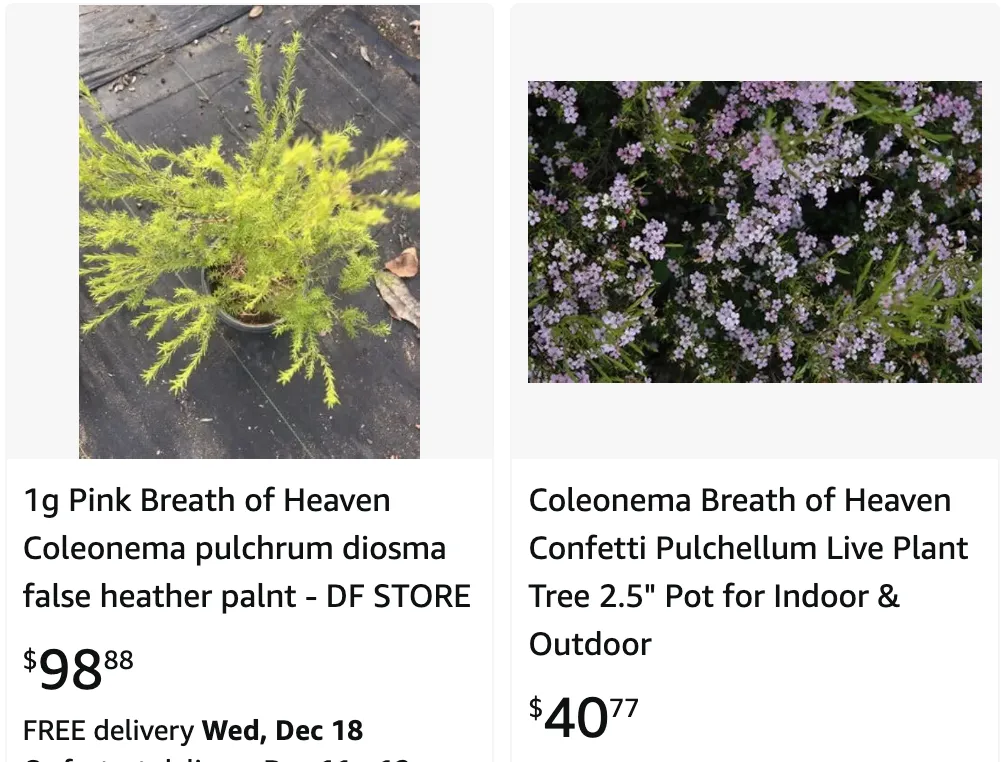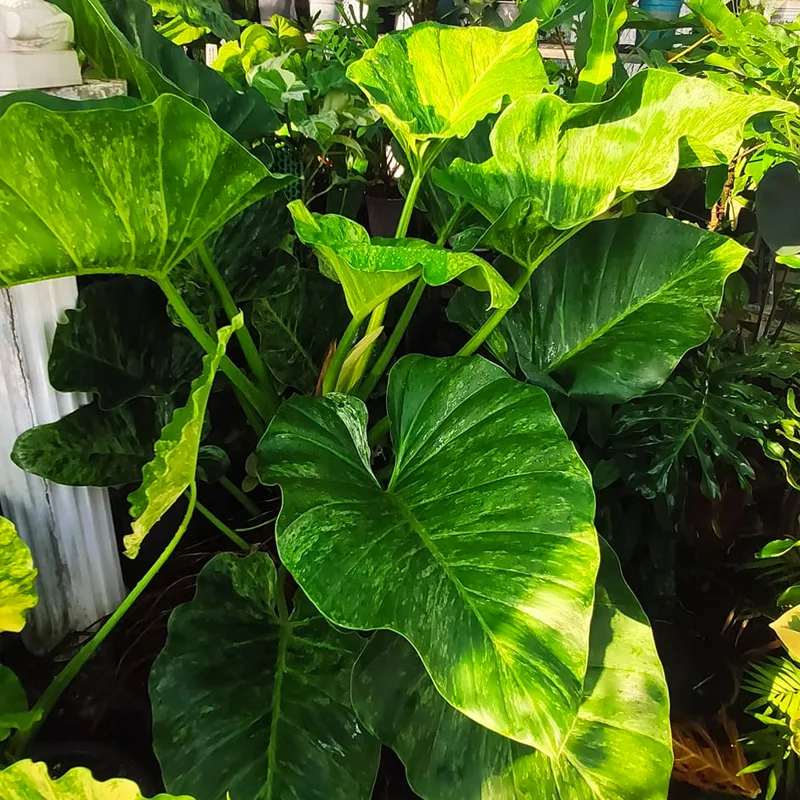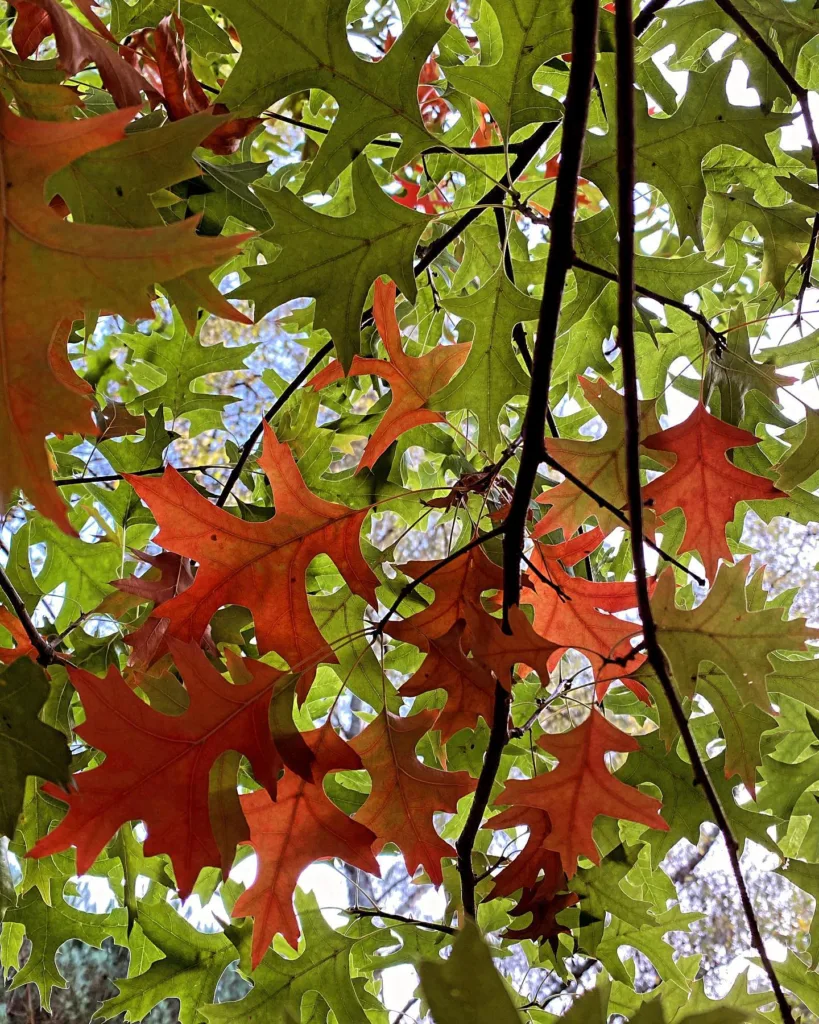
February 27 – Coleonema
"Coleonema, the confetti bush, defines February 27."
This fragrant shrub symbolizes joy and celebration. You bring happiness and festivity wherever you go, spreading positivity with your infectious energy.
Coleonema: A Deep Dive with Ferb Vu
The world of plants is vast and diverse, filled with intriguing species that capture the imagination. As a plant enthusiast, I, Ferb Vu, am always eager to explore new botanical wonders. Today, I want to delve into the captivating genus Coleonema, a group of flowering plants native to the Cape Province of South Africa.
What is Coleonema?
Coleonema belongs to the Rutaceae family, which also includes citrus fruits and rue. These evergreen shrubs are known for their delicate, needle-like leaves and profusion of small, star-shaped flowers. The genus name, Coleonema, is derived from the Greek words “koleos” (sheath) and “nema” (thread), referring to the thread-like appendages on the fruit.
In their native South Africa, Coleonema species thrive in the fynbos, a unique type of vegetation characterized by its biodiversity and hard-leaved shrubs. They’ve also found a home in gardens around the world, appreciated for their beauty and hardiness.
A Closer Look at Coleonema Species
The Coleonema genus comprises eight recognized species, each with its own distinct characteristics:
- Coleonema album: This species boasts beautiful white flowers, adding a touch of elegance to any garden.
- Coleonema aspalathoides: Known for its dense growth habit and small, pink flowers.
- Coleonema calycinum: Features larger, cup-shaped flowers compared to other species.
- Coleonema juniperinum: This species resembles juniper with its prickly, needle-like foliage.
- Coleonema nubigena: A rare species with white flowers and a compact growth habit.
- Coleonema pulchellum: Perhaps the most well-known species, it’s commonly called “Confetti Bush” due to its masses of pink or white flowers.
- Coleonema pulchrum: Similar to C. pulchellum but with slightly larger flowers. Plant FAQs: Coleonema Pulchrum – Pink Breath of Heaven
- Coleonema virgatum: also known as Confetti Bush, is a small, evergreen shrub native to South Africa and known for its fine, needle-like leaves and delicate pink or white flowers.
The Allure of Coleonema
What draws me to Coleonema? It’s a combination of factors. First and foremost, their delicate beauty is undeniable. The fine foliage creates a soft, feathery texture, while the abundance of blossoms provides a vibrant display of color. Whether it’s the pristine white of C. album or the cheerful pink of C. pulchellum, these plants bring a touch of charm to any landscape.
Beyond their aesthetics, Coleonema species are remarkably resilient. They can tolerate a variety of conditions, including drought and poor soil. This makes them a great choice for gardeners of all skill levels, from novice to expert.
Moreover, Coleonema plays a vital role in its native ecosystem. The flowers attract pollinators like bees and butterflies, contributing to the biodiversity of the fynbos. They also provide shelter and food for small animals.
Cultivating Coleonema
Growing Coleonema is a rewarding experience. These plants thrive in sunny locations with well-drained soil. They require minimal watering once established and can be pruned to maintain their shape. Whether you’re planting them in a garden bed, a rockery, or a container, Coleonema is sure to add a touch of natural beauty to your surroundings.
Beyond the Garden
The uses of Coleonema extend beyond ornamental gardening. Traditionally, some species have been used in herbal medicine for their antiseptic and anti-inflammatory properties. The aromatic oils extracted from the leaves are also used in aromatherapy and fragrance production.
Conclusion
Coleonema, with its diverse species and captivating beauty, holds a special place in my heart. These plants are a testament to the wonders of the natural world, offering not only visual appeal but also ecological and potential medicinal value. As I continue to explore the world of plants, I am certain that Coleonema will remain a favorite, reminding me of the beauty and resilience found in nature.
If i die, water my plants!



